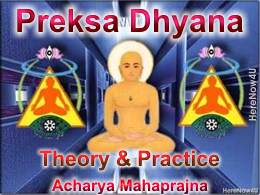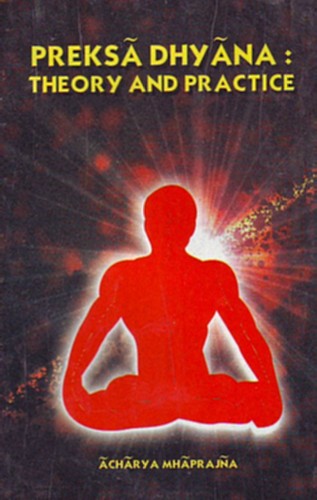
(A) Deep Breathing
Breath is the source of vital energy - source of life. An efficient and easy way to control mental activity is perception of properly regulated breath. Breathing must be regulated to be deep, slow, calm and rhythmic. Complete exhalation and slow inhalation by the use of diaphragm is called dirgha svasa (i.e. deep or diaphragmatic breathing).
It is achieved by contracting and expanding the abdominal muscles. At the same time, the rate of breathing is reduced. Normal rate of breathing is 15/17 per minute. By conscious regulation, it can be easily reduced to 10/12 per minute, and by further practice to 4/6 per minute.
The essence of this meditational technique is the total awareness of breath.
Exercise:
- Direct full attention to your breathing, excluding all thought and sensation. Regulate your breathing; make it low, deep and rhythmic. Focus your consciousness on the navel and become fully aware of the contraction and expansion of the abdomen accompanying each exhalation and inhalation respectively.
- Continue the perception of navel region for about five minutes and experience that the breath has been regulated to a slow rhythm.
- Continuing the slow, deep and rhythmic breath, shift your attention from the nave! and focus it inside the nostrils, at the junction where the two nostrils meet. Let the perception of breathing fill your entire mind. Be fully aware of each and every breath. Fix your consciousness totally on the process of respiration so that each and every inhalation and exhalation is perceived.
- Do not permit yourself to be distracted, but if distraction does occur, do not try to dismiss it, but observe it patiently and calmly until it goes away.
- If the distraction is frequent, hold your breath for a while without feeling discomfort.
- Maintain the continuity of awareness throughout the session.
 Acharya Mahaprajna
Acharya Mahaprajna

